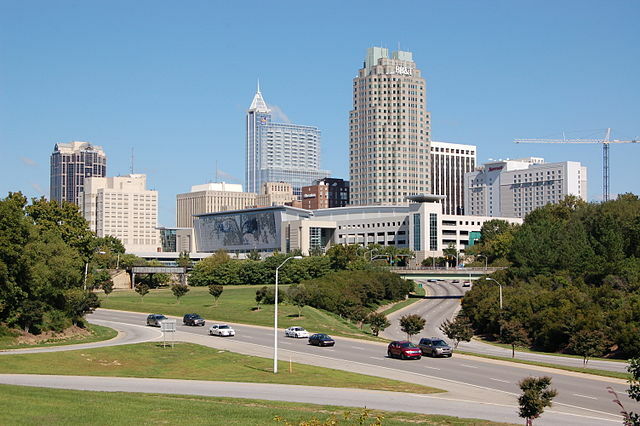In the media and among pundits, the term “trickle-down economics” is used a lot. The expression was reportedly first used in the 1930s by Will Rogers and was later adopted by those who opposed Ronald Reagan’s 1981 tax cuts as a pejorative and derisive description of what is appropriately called supply-side economics.
The implication of the term, when used to describe Reagan’s plan, was that these cuts were designed to initially benefit wealthy businesses and high-income taxpayers and they, in turn, would take the revenues from those cuts and go out and spend it (probably on yachts and private airplanes), which, in turn, would end up benefiting middle and lower income people (who presumably build airplanes and yachts). Hence, the money would “trickle-down” from the wealthy who receive the tax cuts to the rest of society. It was used in 2013 by left-wing opponents of North Carolina’s tax reform plan, which implemented similar supply-side policies. The expression is currently being used by opponents of the recently passed tax reform/cut plan passed by congressional Republicans.
The fact is that, as a description of supply-side tax reform or cuts, “trickle-down economics” is completely inaccurate. Changes in a tax code that are rooted in supply-side economic analysis are about enhancing economic growth by changing incentives to work, save, and invest, that is, policies to alter incentives to pursue economically productive activities. Hence, all supply-side tax reform plans focus on reducing tax penalties on these activities. Marginal tax rates on personal income are reduced to encourage work effort and investment in human capital, while rates on capital gains, corporate and non-corporate business income, and interest and dividend income are reduced to ameliorate the penalties on saving, investment, and entrepreneurship. These rate reductions increase the returns to these activities and, therefore, the likelihood that they will be pursued. This means greater economic growth. The idea of money trickling down from higher income to lower income citizens does not figure into these arguments at all.
But this discussion does not imply that there is no use for the term trickle-down economics. In fact, it is nearly a perfect description of the brand of economics that guides the thinking of most of those commentators who use the term to deride supply-side economics—Keynesianism. Keynesian economics, or the economics derived from the writings of early 20th-century economist John Maynard Keynes, is, in fact, a trickle-down theory of how to stimulate economic growth.
According to Keynesian thinking, in order to have a strong economy, something economists call “aggregate demand” cannot be allowed to fall too low. Aggregate demand is the total amount of spending in the economy. (Saving, by the way, is considered to be counterproductive in this model.) Because of this, it is the government’s job to keep aggregate demand “strong” when policymakers deem that it is insufficient. This is where Keynesian policy turns to a theory of trickle-down economics. To stimulate aggregate demand, Keynesian policy argues that the government should borrow money from the private sector, that is, increase budget deficits and public debt, and then turn around and spend it through government programs, thereby putting it back into the private economy. This money, after being sucked out of the private sector through increased government debt, will trickle back down into the economy through these government programs, increasing the spending of the masses.
In the Keynesian model, the money isn’t necessarily trickling down from high income to low-income citizens (actually it may flow in the opposite direction) but from the government, after it borrowed it from private investors, back down into private hands. More often than not, these private hands are those that have the most political clout, that is, institutions, industries, and special interest groups with the strongest lobbying organizations in Washington.
The point here, though, is that Keynesian economics is truly a trickle-down theory. It depends on money trickling down from Washington into the private economy to stimulate aggregate demand. Over the years, Keynesian economics has proven itself to be a faulty theory. It has never worked and, in fact, cannot work to improve the economic well-being of society. In this sense, those who say that trickle-down economics doesn’t work are correct. On the other hand, Keynesian trickledown economics has worked well to provide a pseudo-scientific justification for coercively transferring wealth from the private sector to the government and its favored special interest groups; General Motors, Chrysler, and the big banks are just a few examples.


